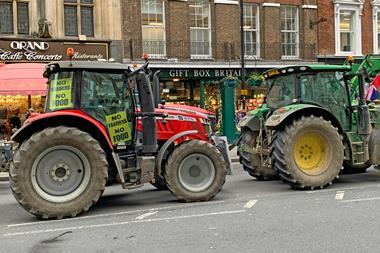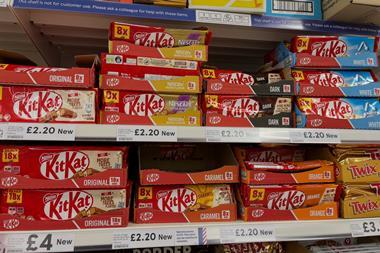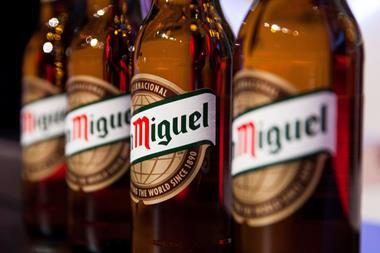
The British apple crop this year is expected to be smaller, but sweeter, due to last year’s extreme heat and droughts.
High temperatures in 2022 caused stress in the trees, resulting in an inconsistent crop. Some trees have produced a good amount of fruit, while others look more sparce – even in the same orchard.
But a sunny June meant 2023’s fruit received good levels of sunshine and have built up natural sugars, developing the full potential of their taste and flavour.
“Last year’s heat and the cooler spring this year have been challenging for UK growers,” said Ali Capper, executive chair of British Apple & Pears. “Despite that, we’re predicting a very good, but not a bumper crop in 2023.
“Growers are especially delighted about the expected eating experience of the new-season apples,” she added. “The excellent flavour profile of British apples is certainly being maintained.”
Weather challenges come on top of continued cost pressures for the industry as, according to Capper, growing and storage costs continued to see year-on-year inflation.
“With a smaller predicted crop in 2023, this means the cost of production per kilo will increase,” she explained.
Earlier this year, BAP published data from Andersons that put the median cost of producing a kilo of British Gala apples at £1.26 and called for higher prices to be paid to growers to reflect that.
Energy prices are a particular concern and are still higher than they were 18 months ago, said Capper, with many growers locked into high contracts and receiving no additional support from the government.
These pressures are leading to a contraction in the top fruit industry, with Cox and Bramley orchards in particular being grubbed.
“This is very concerning,” warned Capper. “We need supermarkets to pay a fair return to our growers to ensure the future sustainability of the industry.”



















No comments yet